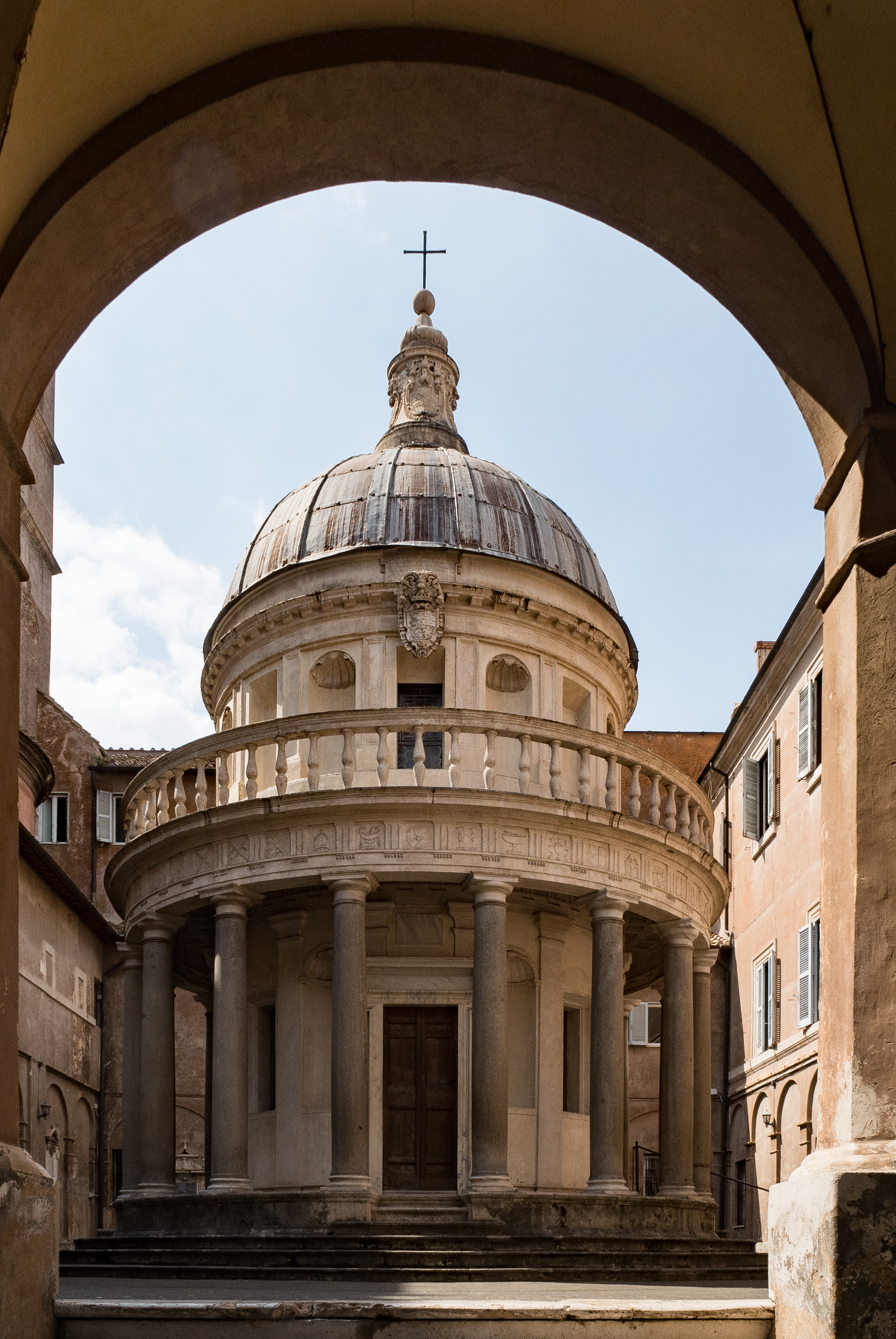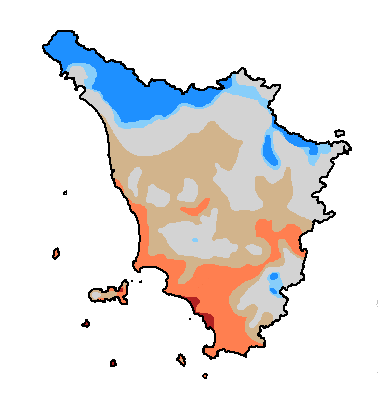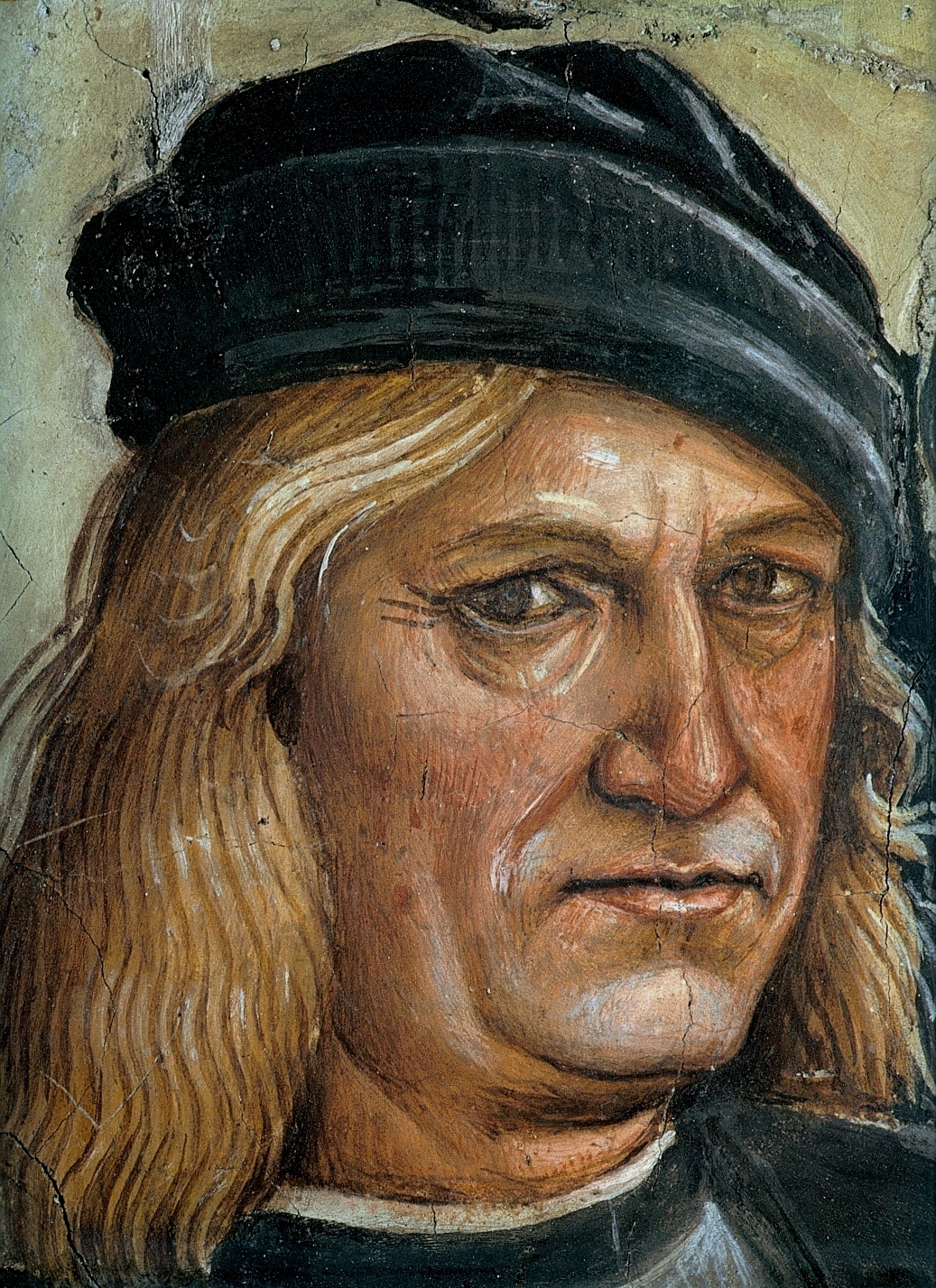|
Santa Croce, Sinalunga
Santa Croce is a Renaissance-style, Roman Catholic church in the center of Sinalunga, province of Siena, region of Tuscany, Italy. It is now part of the Diocese of Montepulciano-Chiusi-Pienza. The church stands adjacent to, but predates, the Collegiata di San Martino. The façade dates to the a Mannerist architect of the 16th century. The façade has an empty frame above the central portal and other awkward elements. The church has lost many of the artworks, but still retains an altarpiece by the school of Luca Signorelli Luca Signorelli ( – 16 October 1523) was an Italian Renaissance painter from Cortona in Tuscany, who was noted in particular for his ability as a draftsman and his use of foreshortening. His massive frescos of the ''Last Judgment'' (1499� ..., depicting the ''Marriage of the Virgin''. [...More Info...] [...Related Items...] OR: [Wikipedia] [Google] [Baidu] |
Renaissance Architecture
Renaissance architecture is the European architecture of the period between the early 15th and early 16th centuries in different regions, demonstrating a conscious revival and development of certain elements of ancient Greek and Roman thought and material culture. Stylistically, Renaissance architecture followed Gothic architecture and was succeeded by Baroque architecture. Developed first in Florence, with Filippo Brunelleschi as one of its innovators, the Renaissance style quickly spread to other Italian cities. The style was carried to Spain, France, Germany, England, Russia and other parts of Europe at different dates and with varying degrees of impact. Renaissance style places emphasis on symmetry, proportion, geometry and the regularity of parts, as demonstrated in the architecture of classical antiquity and in particular ancient Roman architecture, of which many examples remained. Orderly arrangements of columns, pilasters and lintels, as well as the use of semici ... [...More Info...] [...Related Items...] OR: [Wikipedia] [Google] [Baidu] |
Roman Catholic
Roman or Romans most often refers to: *Rome, the capital city of Italy *Ancient Rome, Roman civilization from 8th century BC to 5th century AD *Roman people, the people of ancient Rome *''Epistle to the Romans'', shortened to ''Romans'', a letter in the New Testament of the Christian Bible Roman or Romans may also refer to: Arts and entertainment Music *Romans (band), a Japanese pop group * ''Roman'' (album), by Sound Horizon, 2006 * ''Roman'' (EP), by Teen Top, 2011 *"Roman (My Dear Boy)", a 2004 single by Morning Musume Film and television *Film Roman, an American animation studio * ''Roman'' (film), a 2006 American suspense-horror film * ''Romans'' (2013 film), an Indian Malayalam comedy film * ''Romans'' (2017 film), a British drama film * ''The Romans'' (''Doctor Who''), a serial in British TV series People * Roman (given name), a given name, including a list of people and fictional characters * Roman (surname), including a list of people named Roman or Romans *Ῥωμα� ... [...More Info...] [...Related Items...] OR: [Wikipedia] [Google] [Baidu] |
Sinalunga
Sinalunga is a town and ''comune'' in the province of Siena, in the Tuscany region of central Italy. History Aside from scanty prehistoric findings, the oldest historical remains date from the 8th century BC, when Sinalunga was perhaps an Etruscan settlement under the control of Chiusi, with some temple at the top of the hill where Sinalunga lies. The current town grew up around the medieval castle called ''Castello delle Ripe'', attracting people on the hill after the Etruscan land reclamation works in the area were gradually abandoned. ''Asinalonga'' is mentioned for the first time in the 8th century. The town was later under the Cacciaconti family, who became subjects of the commune of Siena in 1197. Main sights *''Palazzo Pretorio'', built between 1337 and 1346. It was the centre of the civil power in the town, as attested by the podestà and Medici crests on its facade. *'' Collegiata di San Martino'' (16th century), built from 1568 over the ancient castle. The interior, o ... [...More Info...] [...Related Items...] OR: [Wikipedia] [Google] [Baidu] |
Province Of Siena
The province of Siena ( it, provincia di Siena, link=no, ) is a province in Tuscany, Italy. Its capital is the city of Siena. Geography The province is divided into seven historical areas: * Alta Val d'Elsa * Chianti senese * The urban area of (Monteriggioni and Siena) * Val di Merse * Crete senesi Val d'Arbia * Val di Chiana senese * Val d'Orcia and Amiata The area is a hilly one: in the north is Colline del Chianti; Monte Amiata is the highest point at ; and in the south is Monte Cetona. To the west are the Colline Metallifere (“Metalliferous Hills”), whilst the Val di Chiana lies to east. Historically, the province corresponds to the northeastern portion of the former Republic of Siena. The chief occupations are agricultural (wheat, grapes and fruit) and silk culture. The wine known as Chianti is produced here as well as in other parts of Tuscany: the Chianti Colli Senesi, however, is limited to this province. Apart from the city of Siena the principal towns are ... [...More Info...] [...Related Items...] OR: [Wikipedia] [Google] [Baidu] |
Tuscany
it, Toscano (man) it, Toscana (woman) , population_note = , population_blank1_title = , population_blank1 = , demographics_type1 = Citizenship , demographics1_footnotes = , demographics1_title1 = Italian , demographics1_info1 = 90% , demographics1_title2 = , demographics1_info2 = , demographics1_title3 = , demographics1_info3 = , timezone1 = CET , utc_offset1 = +1 , timezone1_DST = CEST , utc_offset1_DST = +2 , postal_code_type = , postal_code = , area_code_type = ISO 3166 code , area_code = IT-52 , blank_name_sec1 = GDP (nominal) , blank_info_sec1 = €118 billion (2018) , blank1_name_sec1 = GDP per capita , blank1_info_sec1 = €31,500 (2018) , blank2_name_sec1 = HDI (2019) , blank2_info_sec1 = 0.907 • 6th of 21 , blank_name_sec2 = NUTS Region , blank_info_sec2 ... [...More Info...] [...Related Items...] OR: [Wikipedia] [Google] [Baidu] |
Collegiata Di San Martino, Sinalunga
The Collegiata di San Martino is a Renaissance-style, Roman Catholic collegiate church in the center of Sinalunga, province of Siena, region of Tuscany, Italy. It is now part of the Diocese of Montepulciano-Chiusi-Pienza. Located in a town hotly contested by Siena and Florence prior to the 16th century, the town's castle was razed after Florence defeated the Sienese forces during the Italian War of 1551–1559. The stones were reused to build the Collegiata in 1588. Among the artworks in the church, some derived from the nearby old church of San Martino, later called Santa Croce; they include: *''Madonna and Child with Saints Martin and Sebastian'' by Benvenuto di Giovanni ... [...More Info...] [...Related Items...] OR: [Wikipedia] [Google] [Baidu] |
Mannerism
Mannerism, which may also be known as Late Renaissance, is a style in European art that emerged in the later years of the Italian High Renaissance around 1520, spreading by about 1530 and lasting until about the end of the 16th century in Italy, when the Baroque style largely replaced it. Northern Mannerism continued into the early 17th century. Mannerism encompasses a variety of approaches influenced by, and reacting to, the harmonious ideals associated with artists such as Leonardo da Vinci, Raphael, Vasari, and early Michelangelo. Where High Renaissance art emphasizes proportion, balance, and ideal beauty, Mannerism exaggerates such qualities, often resulting in compositions that are asymmetrical or unnaturally elegant.Gombrich 1995, . Notable for its artificial (as opposed to naturalistic) qualities, this artistic style privileges compositional tension and instability rather than the balance and clarity of earlier Renaissance painting. Mannerism in literature and music ... [...More Info...] [...Related Items...] OR: [Wikipedia] [Google] [Baidu] |
Luca Signorelli
Luca Signorelli ( – 16 October 1523) was an Italian Renaissance painter from Cortona in Tuscany, who was noted in particular for his ability as a draftsman and his use of foreshortening. His massive frescos of the ''Last Judgment'' (1499–1503) in Orvieto Cathedral are considered his masterpiece. In his early 40s he returned to live in Cortona, after working in Florence, Siena and Rome (1478–84, painting a now lost section of the Sistine Chapel). With an established reputation, he remained based in Cortona for the rest of his life, but often travelled to the cities of the region to fulfill commissions. He was probably trained by Piero della Francesca in Florence, as his cousin Giorgio Vasari wrote, and his Quattrocento style became rather out of date in the new century. Cortona will host a major exhibition in 2023 to celebrate the 500th anniversary of his death. Biography He was born Luca d'Egidio di Ventura in Cortona, Tuscany (some sources call him Luca da ... [...More Info...] [...Related Items...] OR: [Wikipedia] [Google] [Baidu] |
16th-century Roman Catholic Church Buildings In Italy
The 16th century begins with the Julian year 1501 ( MDI) and ends with either the Julian or the Gregorian year 1600 ( MDC) (depending on the reckoning used; the Gregorian calendar introduced a lapse of 10 days in October 1582). The 16th century is regarded by historians as the century which saw the rise of Western civilization and the Islamic gunpowder empires. The Renaissance in Italy and Europe saw the emergence of important artists, authors and scientists, and led to the foundation of important subjects which include accounting and political science. Copernicus proposed the heliocentric universe, which was met with strong resistance, and Tycho Brahe refuted the theory of celestial spheres through observational measurement of the 1572 appearance of a Milky Way supernova. These events directly challenged the long-held notion of an immutable universe supported by Ptolemy and Aristotle, and led to major revolutions in astronomy and science. Galileo Galilei became a champion ... [...More Info...] [...Related Items...] OR: [Wikipedia] [Google] [Baidu] |
Renaissance Architecture In Tuscany
The Renaissance ( , ) , from , with the same meanings. is a period in European history marking the transition from the Middle Ages to modernity and covering the 15th and 16th centuries, characterized by an effort to revive and surpass ideas and achievements of classical antiquity. It occurred after the Crisis of the Late Middle Ages and was associated with great social change. In addition to the standard periodization, proponents of a "long Renaissance" may put its beginning in the 14th century and its end in the 17th century. The traditional view focuses more on the early modern aspects of the Renaissance and argues that it was a break from the past, but many historians today focus more on its medieval aspects and argue that it was an extension of the Middle Ages. However, the beginnings of the period – the early Renaissance of the 15th century and the Italian Proto-Renaissance from around 1250 or 1300 – overlap considerably with the Late Middle Ages, conventionally da ... [...More Info...] [...Related Items...] OR: [Wikipedia] [Google] [Baidu] |







